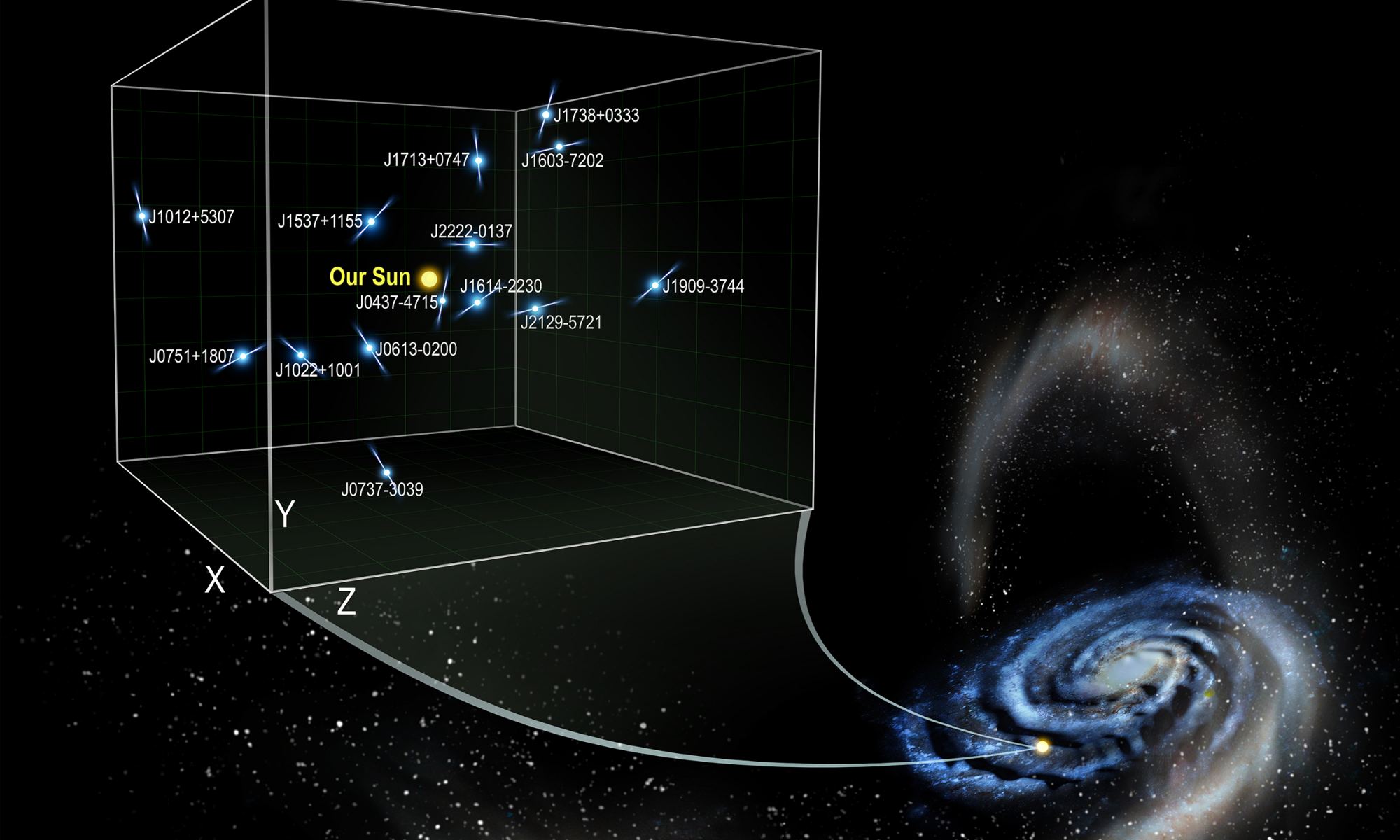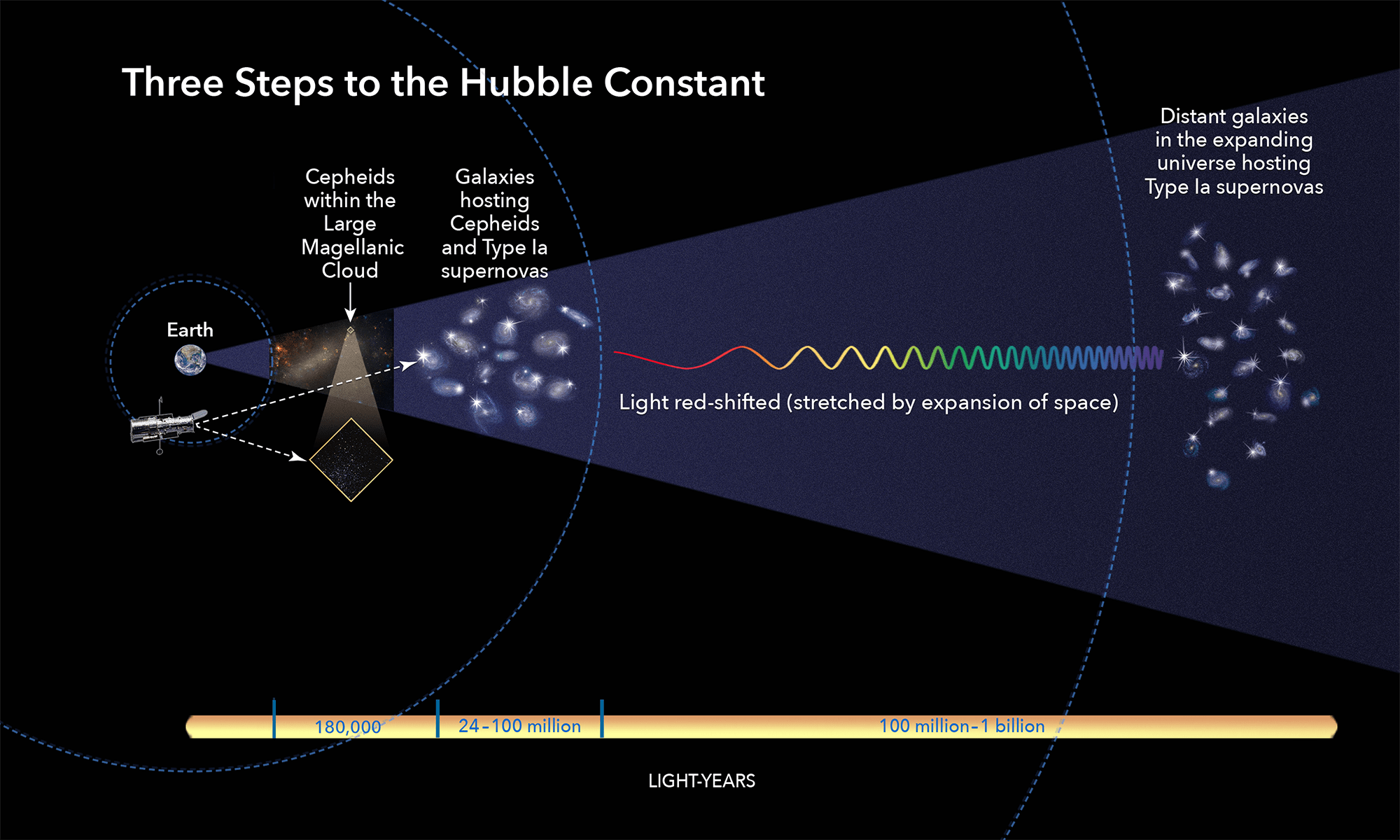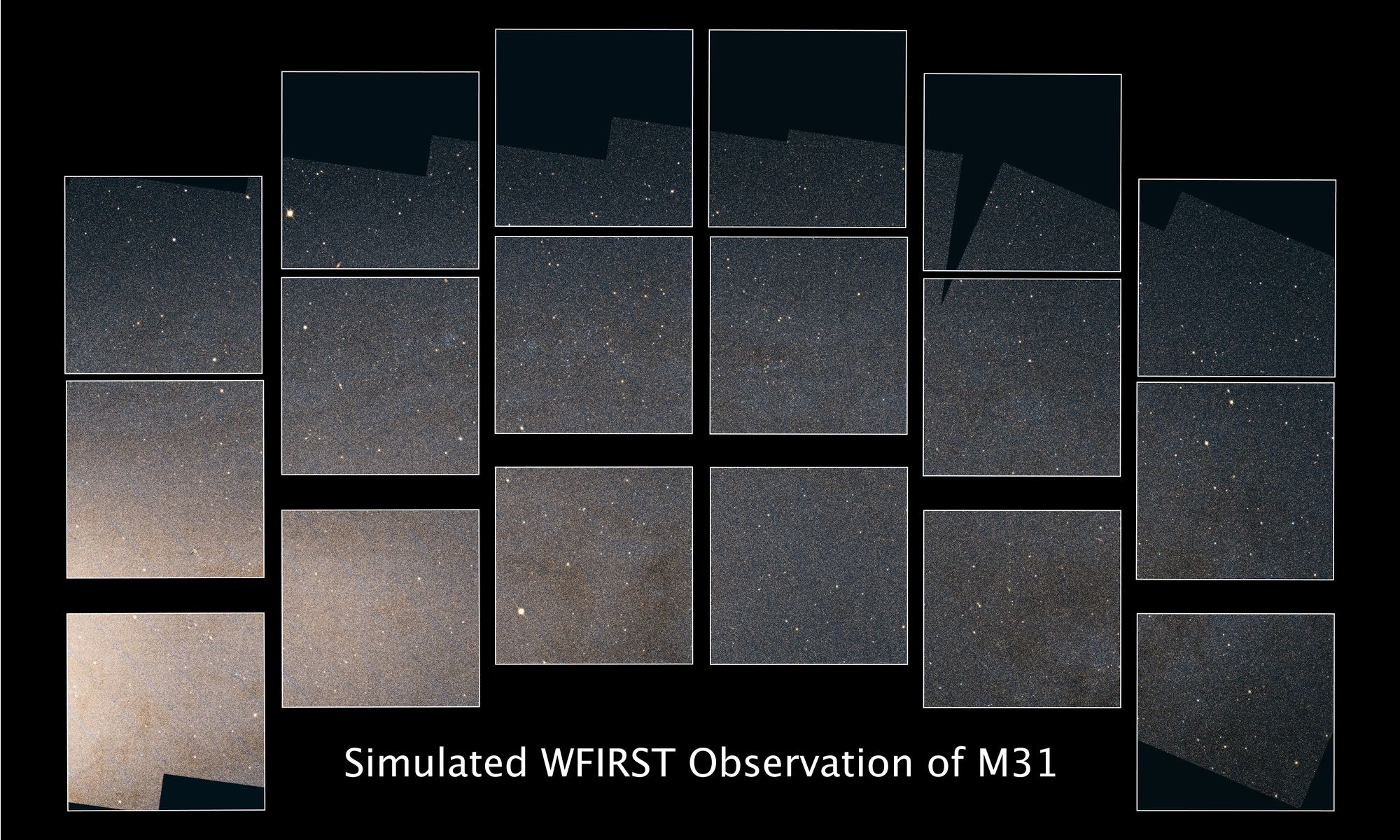As our Sun moves along its orbit in the Milky Way, it is gravitationally tugged by nearby stars, nebulae, and other masses. Our galaxy is not a uniform distribution of mass, and our Sun experiences small accelerations in addition to its overall orbital motion. Measuring those small tugs has been nearly impossible, but a new study shows how it can be done.
Continue reading “Astronomers can use Pulsars to Measure Tiny Changes of Acceleration Within the Milky Way, Scanning Internally for Dark Matter and Dark Energy”One of These Pictures Is the Brain, the Other is the Universe. Can You Tell Which is Which?

“Science is not only compatible with spirituality; it is a profound source of spirituality. When we recognize our place in an immensity of light years and in the passage of ages, when we grasp the intricacy, beauty and subtlety of life, then that soaring feeling, that sense of elation and humility combined, is surely spiritual.” – Carl Sagan “The Demon-Haunted World.”
Learning about the Universe, I’ve felt spiritual moments, as Sagan describes them, as I better understand my connection to the wider everything. Like when I first learned that I was literally made of the ashes of the stars – the atoms in my body spread into the eternal ether by supernovae. Another spiritual moment was seeing this image for the first time:

A New Telescope is Ready to Start Searching for Answers to Explain Dark Energy

Back in 2015, construction began on a new telescope called the Dark Energy Spectroscopic Instrument (DESI). Later this year, it will begin its five-year mission. Its goal? To create a 3D map of the Universe with unprecedented detail, showing the distribution of matter.
That detailed map will allow astronomers to investigate important aspects of cosmology, including dark energy and its role in the expansion of the Universe.
Continue reading “A New Telescope is Ready to Start Searching for Answers to Explain Dark Energy”A New Test Confirms Dark Energy and the Expansion of the Universe
In the standard model of cosmology, dark energy fills the universe. It causes the universe to expand at an ever-increasing rate, and it makes up more than 70% of the cosmos. But there’s a problem. When we measure the rate of cosmic expansion in different ways, we get results that disagree with each other.
Continue reading “A New Test Confirms Dark Energy and the Expansion of the Universe”Hundreds of New Gravitational Lenses Discovered to Help Study the Distant Universe
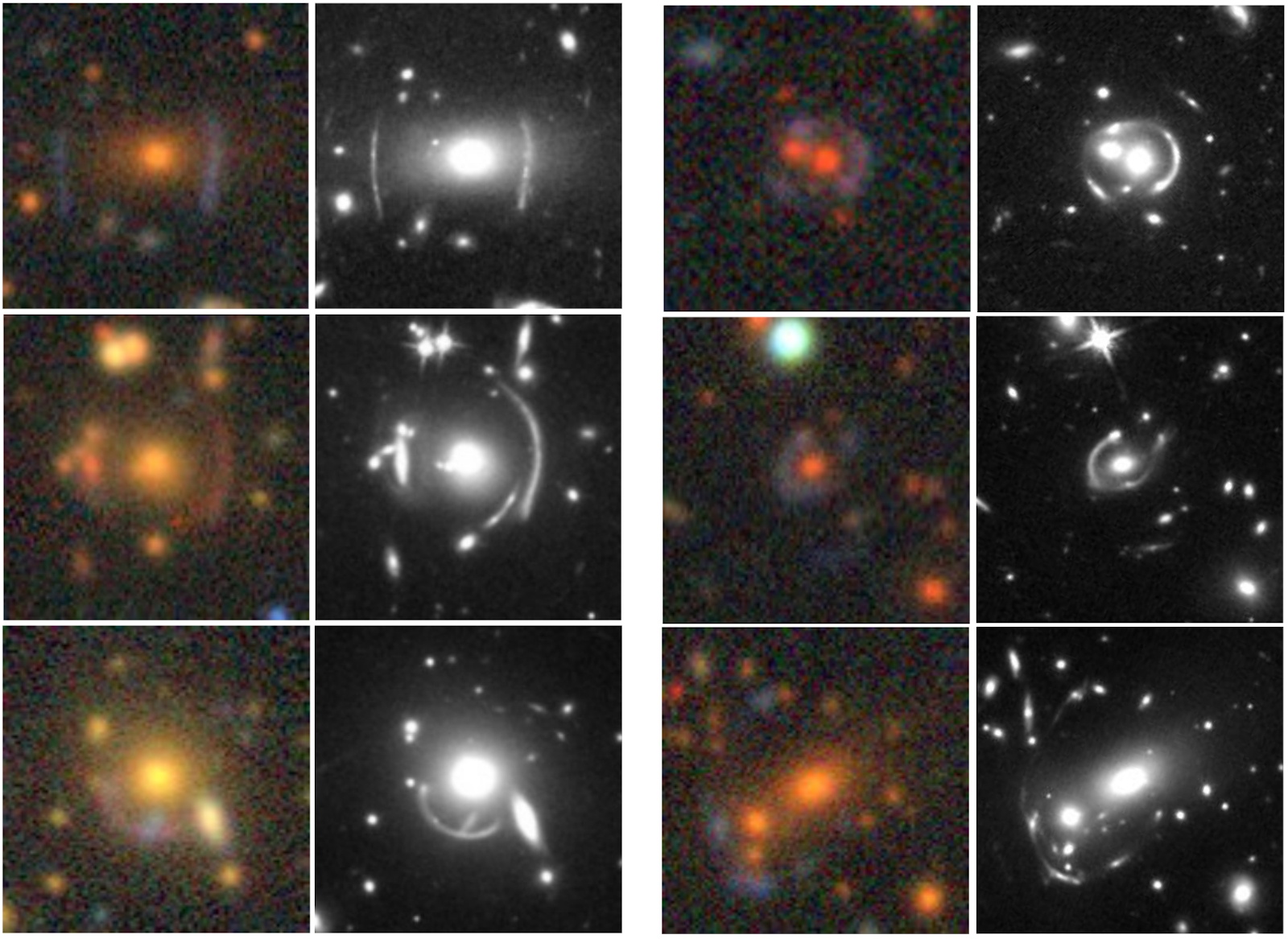
General relativity tells us that everything, even light, is affected by the mass of an object. When a beam of light passes near a large mass, its path is deflected. This shift in the direction of light is known as gravitational lensing, and it was one of the first confirmed effects of Einstein’s theory.
Continue reading “Hundreds of New Gravitational Lenses Discovered to Help Study the Distant Universe”New observations show that the Universe might not be expanding at the same rate in all directions
When we look at the world around us, we see patterns. The Sun rises and sets. The seasons cycle through the year. The constellations drift across the night sky. As we’ve studied these patterns, we’ve developed scientific laws and theories that help us understand the cosmos. While our theories are powerful, they are still rooted in some fundamental assumptions. One of these is that the laws of physics are the same everywhere. This is known as cosmic isotropy, and it allows us to compare what we see in the lab with what we see light-years away.
Continue reading “New observations show that the Universe might not be expanding at the same rate in all directions”The Chemicals That Make Up Exploding Stars Could Help Explain Away Dark Energy

Astronomers have a dark energy problem. On the one hand, we’ve known for years that the universe is not just expanding, but accelerating. There seems to be a dark energy that drives cosmic expansion. On the other hand, when we measure cosmic expansion in different ways we get values that don’t quite agree. Some methods cluster around a higher value for dark energy, while other methods cluster around a lower one. On the gripping hand, something will need to give if we are to solve this mystery.
Continue reading “The Chemicals That Make Up Exploding Stars Could Help Explain Away Dark Energy”WFIRST Passes an Important Milestone, it’s Time to Begin Development and Testing
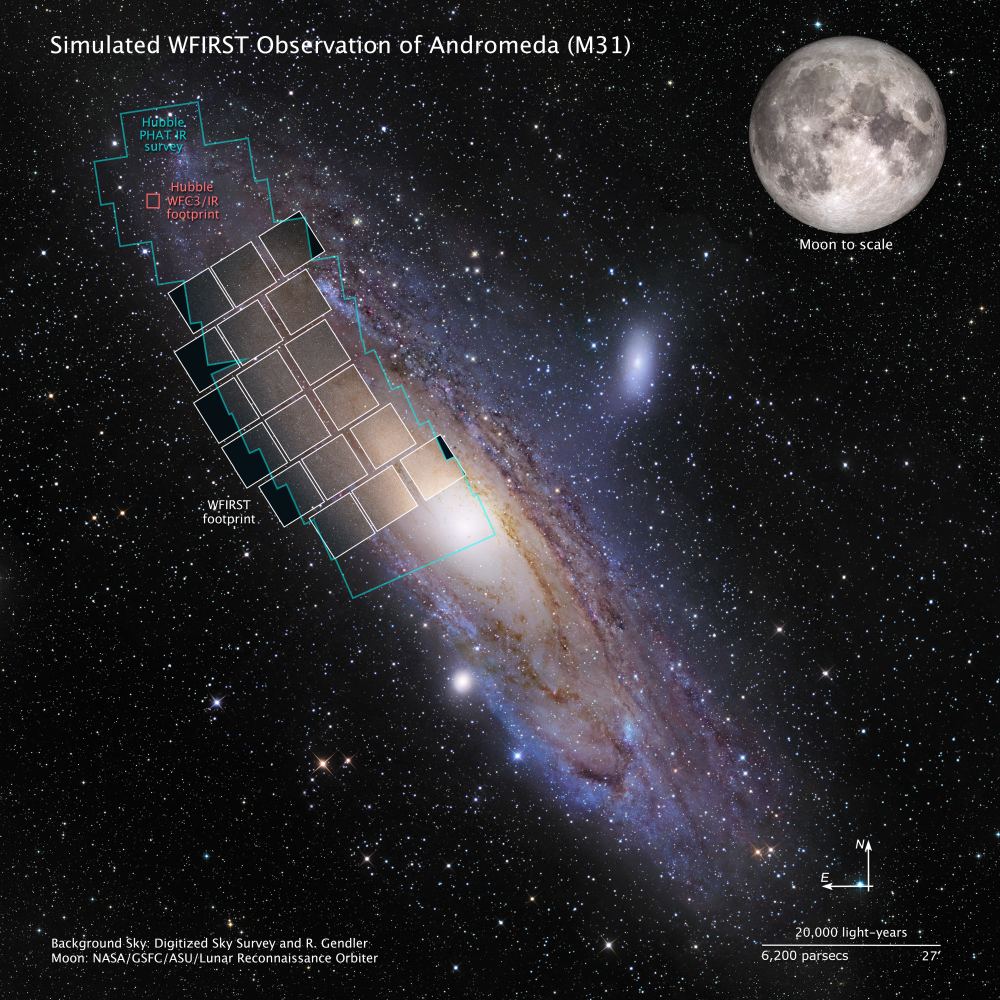
Soon, astronomers and astrophysicists will have more observing power than they know what to do with. Not only will the James Webb Space Telescope one day, sometime in the next couple years, we hope, if all goes well, and if the coronavirus doesn’t delay it again, launch and begin operations. But another powerful NASA space telescope called WFIRST has passed an important stage, and is one step closer to reality.
Continue reading “WFIRST Passes an Important Milestone, it’s Time to Begin Development and Testing”There’s a new method to measure the expansion rate of the Universe, but it doesn’t resolve the Crisis in Cosmology

In a recent post I wrote about a study that argued dark energy isn’t needed to explain the redshifts of distant supernovae. I also mentioned we shouldn’t rule out dark energy quite yet, because there are several independent measures of cosmic expansion that don’t require supernovae. Sure enough, a new study has measured cosmic expansion without all that mucking about with supernovae. The study confirms dark energy, but it also raises a few questions.
Continue reading “There’s a new method to measure the expansion rate of the Universe, but it doesn’t resolve the Crisis in Cosmology”This Simulation Shows what We’ll be Able to See with WFIRST
When it takes to space in 2025, the Wide-Field Infrared Survey Telescope (WFIRST) will be the most powerful observatory ever deployed, succeeding the venerable Hubble and Spitzer space telescopes. Relying on a unique combination of high resolution with a wide field of view, WFIRST will be able to capture the equivalent of 100 Hubble-quality images with a single shot and survey the night sky with 1,000 times the speed.
In preparation for this momentous event, astronomers at NASA’s Goddard Space Flight Center have been running simulations to demonstrate what the WFIRST will be able to see so they can plan their observations. To give viewers a preview of what this would look like, NASA’s Goddard Space Flight Center has shared a video that simulates the WFIRST conducting a survey of the neighboring Andromeda Galaxy (M31).
Continue reading “This Simulation Shows what We’ll be Able to See with WFIRST”
